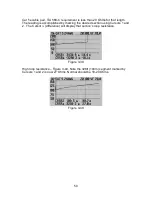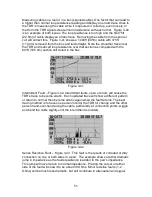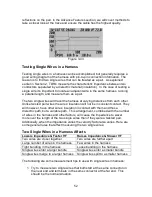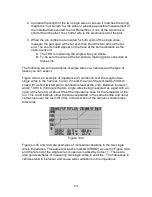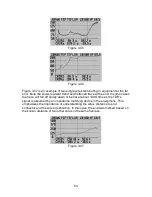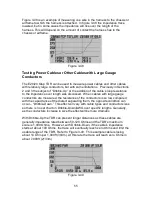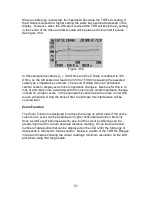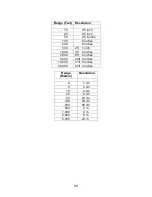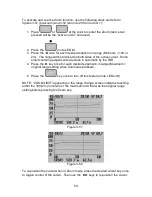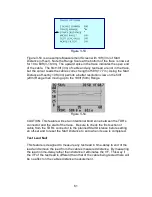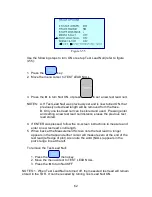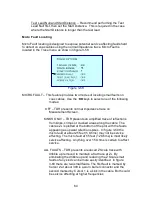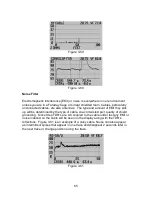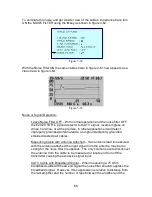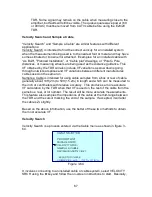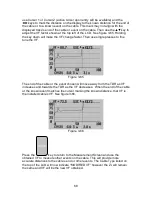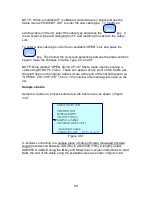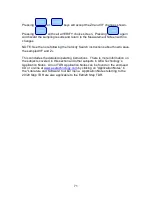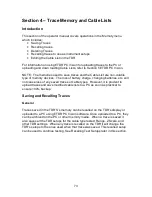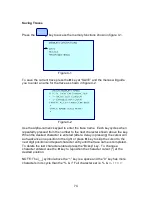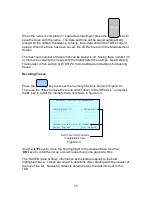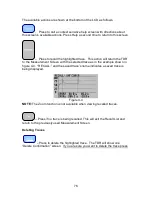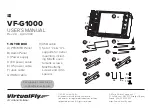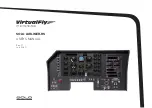
64
Test Lead Null and Start Distance – Recommend performing the Test
Lead Null first, then set the Start Distance. This is required in the case
where the Start Distance is longer than the test lead.
Micro Fault Locating
Micro Fault locating is designed to expose potential service affecting faults hard
to detect on coax cables using the normal impedance trace. Micro Fault is
located in the Trace menu as shown in figure 3-58.
Figure 3-58
MICRO FAULT – This feature provides two modes of locating small faults on
coax cables. Use the
◄►
keys to select one of the following
modes:
OFF – TDR presents normal impedance trace on
Measurement Screen.
KINKS ONLY – TDR presents an amplified trace of reflections
from kinks, crimps or crushed areas along the cable. The
cable’s Z
0
is plotted at the bottom of the plot with the faults
appearing as upward refection spikes. In figure 3-59 the
micro fault at about 25 feet (5 Ohms) may not be service
affecting. The micro fault at 55 feet (12 Ohms) is most likely
service affecting. Anything over 15 Ohms is certain to affect
service.
ALL FAULTS – TDR presents a reduced Z Scale trace with
dribble up removed to maintain a flat trace at Z
0
. By
eliminating the dribble up and reducing the Z Scale small
faults of any kind can be more easily identified. In figure
3-60 there are two small faults. The first fault is marked by
Cursor 2 at about 34ft is a worn barrel connector and the
second marked by Cursor 1 is a kink in the cable. Both could
be service affecting at higher frequencies.

